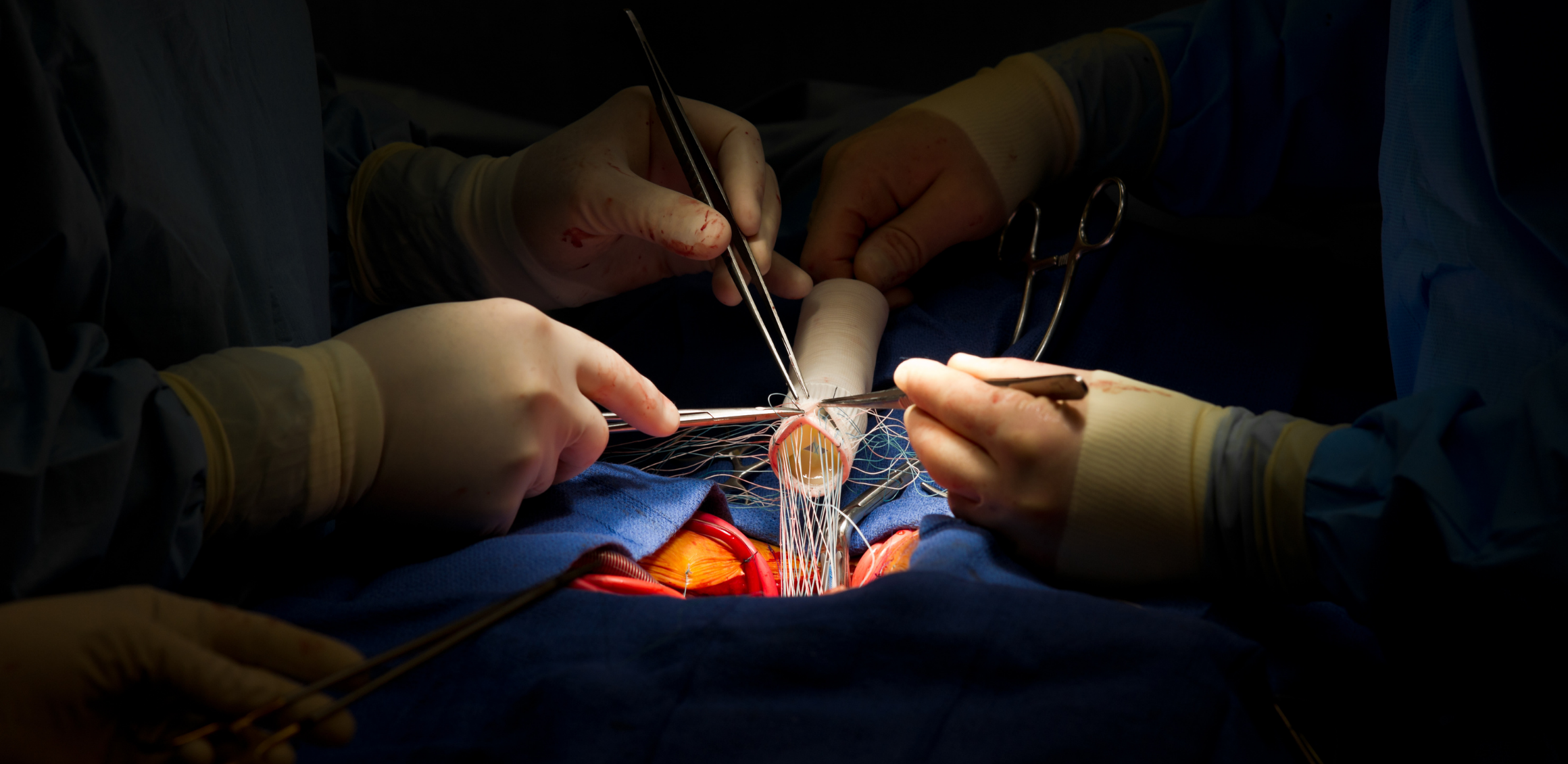
Ascending Aortic Replacement
Ascending aortic replacement is a surgical procedure where the ascending portion of the aorta, typically from its origin and often including the aortic valve, is completely replaced.
Ascending Aortic Replacement
Ascending aortic replacement is a surgical procedure where the ascending portion of the aorta, typically from its origin and often including the aortic valve, is completely replaced. This procedure is necessary for treating serious pathologies such as aortic dissection or aortic aneurysm affecting this region of the aorta.
Procedure: Ascending aortic replacement is generally performed as open-heart surgery and involves the following steps:
- Anesthesia: The patient receives general anesthesia to induce sleep and ensure no pain is felt during the procedure.
- Opening the Chest: A surgical incision is made on the chest, and the sternum (breastbone) is opened to access the heart.
- Preparing the Heart-Lung Bypass: Blood circulation is diverted away from the heart using a heart-lung machine, where it is oxygenated and maintained during the surgery.
- Heart Stopping: The heart is temporarily stopped and cooled down to facilitate surgical access.
- Incising the Aorta: The ascending portion of the aorta and possibly the aortic root are cut and removed.
- Placement of the New Aorta: A prosthetic aortic root and/or tube is sewn into place to replace the removed section of the aorta.
- Restarting the Heart: The heart is restarted, and blood circulation resumes.
- Closing the Chest: The sternum is closed with sutures to complete the surgical procedure.
Purposes of Ascending Aortic Replacement: Ascending aortic replacement effectively treats severe diseases affecting the aortic root area, preventing aortic rupture or expansion, thereby potentially saving the patient’s life. It addresses conditions like aortic dissection or aneurysm in the ascending aorta.
Post-Surgical Care: Following ascending aortic replacement, careful monitoring and appropriate treatment are crucial for a successful recovery. Close follow-up with medical professionals ensures that any complications are promptly addressed and managed.
This procedure requires specialized expertise in cardiac surgery and meticulous attention to patient care to optimize outcomes and ensure the patient’s well-being.
